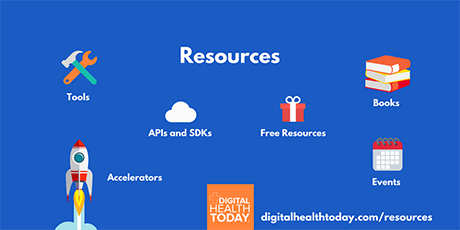This article is part of our celebration of Women’s History Month where we feature stories of remarkable women who have shaped our world. In this article, we give tribute to Ada Lovelace, the English mathematician and writer known as the first computer programmer.
Ada Lovelace
10 December 1815 – 27 November 1852
Profession: Mathematician, Writer, Computer Scientist
In 1815, Augusta Ada King, Countess of Lovelace, was born the only legitimate daughter of Lord Byron, the famous English poet. He died shortly after her birth, leaving her to be raised by her mother. Her mother did not wish Lovelace to become a poet like her father, and thus hired a series of tutors to teach her mathematics. While this did not diminish Lovelace’s love of language, it did successfully pique her interest in analyzing the natural world.
When Ada was introduced into high society at 17, she became friends with Mary Somerville. A woman of great intellect in her own right, Somerville was responsible for introducing Lovelace to Charles Babbage and his marvelous idea for a new invention: an engine capable of calculating polynomials.
Over the next decade, Babbage worked on building his calculating engine while Lovelace got married and had three children. Despite their very different lives, Lovelace and Babbage maintained a close correspondence during this period. As an upstanding member of British high society, Lovelace’s support for his machine and brilliant understanding of its potential was critical to its success.
Perhaps her greatest contribution was to translate a French article on Babbage’s Analytical Engine. Encouraged by Babbage, Lovelace proceeded to add her own notes in an addendum. When completed, her notes were three times the length of the original article! It is here that Lovelace’s genius is best appreciated. While Babbage had designed his machine to work with numbers alone, Lovelace foresaw a future where analytical engines could compose music and other complex tasks, moving beyond calculations to true computation.
She also had the insight to write out, in detail, how such a machine might, one day, be instructed to perform such tasks.
Indeed, many modern programming ideas, such as loops, are first recorded in Lovelace’s addendum. In this, Ada Lovelace earned her place in history as the first person to grasp how computers could work and the enormous benefits they would bring to the world.
References
- “Ada Lovelace.” Computer History Museum, Computer History Museum, 2020.
- Maisel, Merry, and Laura Smart. “Analyst, Metaphysician, and Founder of Scientific Computing.” Ada Lovelace: Founder of Scientific Computing, San Diego Supercomputer Center, 1997.
- Popova, Maria. “How Ada Lovelace, Lord Byron’s Daughter, Became the World’s First Computer Programmer.” Brain Pickings, 4 Sept. 2016.
- Toole, Betty. “Ada Byron, Lady Lovelace.” Ada Byron, Lady Lovelace, Agnes Scott College, 13 Nov. 2017.
- “Untangling the Tale of Ada Lovelace-Stephen Wolfram Writings.” Stephen Wolfram Blog RSS, 10 Dec. 2015.





